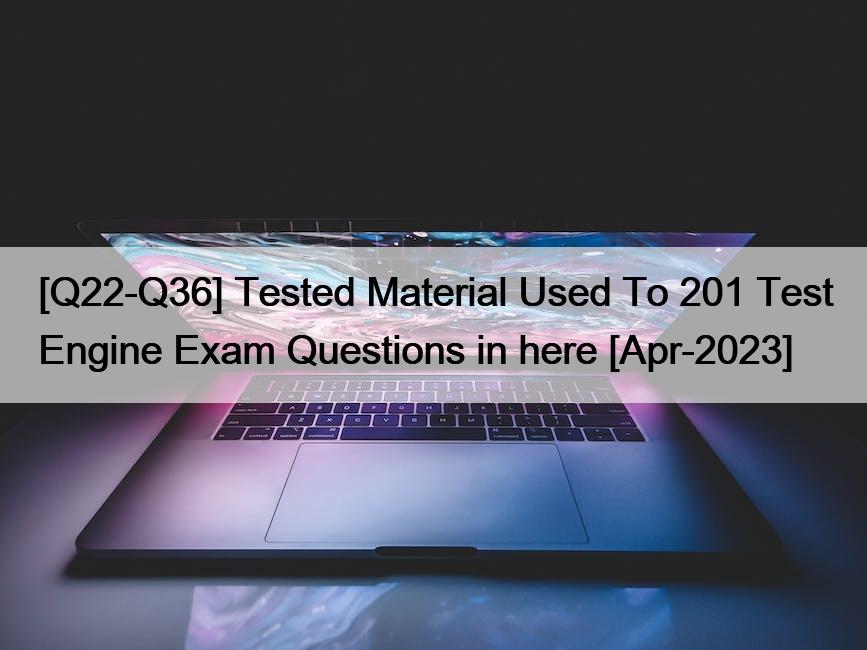Tested Material Used To 201 Test Engine Exam Questions in here [Apr-2023]
Penetration testers simulate 201 exam PDF
Understanding of functional and technical aspects of Troubleshooting basic performance issues
The following will be discussed in this section:
- Differentiate between performance issue types (i.e. Latency, Congestion, broken content)
- Use BIG-IP tools in order to identify potential performance issues
- Understand how to get performance statistics in addition to the those shown in the dashboard (Overview –
Performance) - Recognize when a packet capture is needed within the context of a performance issue
- Establish the frequency of a given issue (random, continuous, isolated, intermittent, repetitive intervals)
Introduction to F5-201: TMOS Administration Exam
The qualified candidate is capable of performing day-to-day operations of TMOS-based devices which have already been installed. They are also capable of basic troubleshooting of a TMOS-based device in order to provide full, accurate, and appropriate information to senior engineers and/or F5 Support.
They can do any of the following without assistance:
- Perform software management functions on the platform (for example, capable of performing upgrades and licensing).
- Perform administrative tasks using the GUI
- Be familiar with HTTP, ClientSSL, ServerSSL, TCP, UDP, and persistence profiles
- Open a support case and utilize online resources such as AskF5, F5 iHealth, and DevCentral
Understanding of functional and technical aspects of Maintaining system configuration
The following will be discussed in this section:
- Determine use cases for forcing down a member
- Discuss scenarios in which restoring a UCS archive is appropriate
- Distinguish between disabling a member and forcing it down
- Discuss the tasks involved in successfully restoring a UCS archive
- Given a situation where a pool member has been disabled but still appears to be receiving traffic, determine
the cause - Understand the processes of licensing, license reactivation, and license modification (add-ons)
- Given a proposed virtual server configuration change, outline the scope of the change and for which
connections those changes will affect (active connections, new connections, persisted sessions) - Given an HA pair, describe the appropriate strategy for deploying a new software image
- Create and restore a UCS archive under the appropriate circumstances
- Identify which high-level tasks can be automated using BIG-IQ
- Identify which modules are licensed and/or provisioned U/A
- Manage software images
- Explain how to modify user properties
- Determine use cases for disabling a member
- Given a situation where a virtual server configuration change did not appear to immediately take effect,
determine why - Explain how to create a user U/A
- Given a scenario, discuss when it is appropriate to create a UCS archive
Authentic Best resources for 201 Online Practice Exam: https://www.actualtests4sure.com/201-test-questions.html






